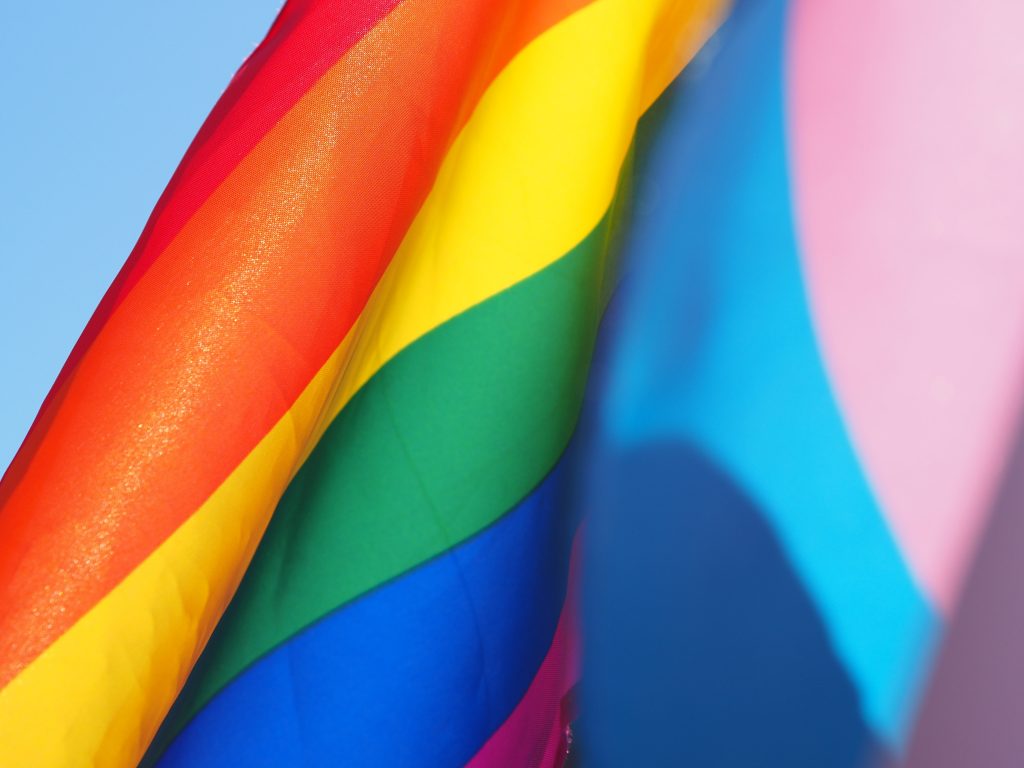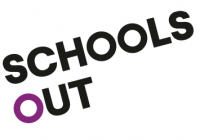Everyone has the right to be educated in a safe environment and as an organisation we promote equality, safety and visibility in education for LGBT people. We want everyone to be aware that people have multiple, complex and diverse identities. Identities shape the world and make history. We want to teach our learners about the variety of the human race, and stress that humans may adopt several different identities at any one point in their lives. It is the combination of characteristics that make an individual behave and react in unique ways.
Characteristics can be genetic, physical and social. Here are a number of examples:
AGE, GENDER IDENTITY, SEX, SIZE, RACE, EDUCATION, RELIGION/BELIEF/NON-BELIEF, DISABILITY, SEXUAL ORIENTATION.
Characteristics are not inherently better or worse than the other. It is only society that gives them value. We ask you to explore the vast wealth and diversity of LGBT experience; nationally and internationally, on this website and beyond.
Whilst LGBT people are found in educational curricula: William Shakespeare; Florence Nightingale; Isaac Newton; Virginia Woolf; Bayard Rustin; Jackie Kay; Shaka, leader of the Zulu Nation; Jan Morris; and Mark Rees – to name but a few– sexual orientation/gender identity is too often missing from the bigger picture. When this happens, we interpret things less accurately, the diversity of sexual orientation is ignored and people are rendered invisible. Because of this, stereotypes abound that feed the homophobia/transphobia that is frequently expressed and distorts lives. But if sexual orientation is not seen in the context of other characteristics, the distortion, whilst different, remains.
Why do we use the rainbow as a symbol of LGBT equality?

“Rainbow flags tend to be used as a sign of a new era, of hope, or of social change”. Rainbow flags have been used in many places over the centuries: in the German Peasants’ War in the 16th century, as a symbol of the Cooperative movement; as a symbol of peace, especially in Italy; to represent the Tawantin Suyu, or Inca territory, mainly in Peru and Bolivia; by some Druze communities in the Middle east; by the Jewish Autonomous Oblast; to represent the International Order of Rainbow for Girls since the early 1920s; and as a symbol of gay pride and LGBT social movements since the 1970s.
Today, the flag is flown as a sign of inclusion and welcome. When flown outside businesses, or placed in shop windows, it tells LGBT people they can relax, and feel safe to do what others’ take for granted: to hold hands or kiss their partners, to rent a hotel room together, to book a table for Valentines day, to demonstrate their love without hate. As an image, it reminds us of not only the diversity of sexual orientation but also of the diversity of human characteristics as a whole.
The Colour of Characteristics
Characteristics help shape identity. The flag’s 6 colours represent different aspects of LGBT communities, but the rainbow is also a symbolic representation of the variety of human expression, in all its hues and shades. Characteristics might be thought of as primary colours of our psyche which when mixed together form the different shades of our identities. Our experiences throughout life, especially during childhood, affect the saturation and brightness of those identities.
